Using ADCT in clinical practice
Measuring outcomes in clinical practice can aid patient care quality improvement, and real-world evidence generation.
The Harmonising Outcome Measures for Eczema (HOME) initiative has identified symptoms and long-term control as the most important domains to measure in clinical practice.1 For long-term control HOME recommend the use of ADCT and Recap of atopic eczema (RECAP) eczema control instruments.1
Atopic Dermatitis Control Tool (ADCT) has been validated for use in adult and adolescent patients (12 years and older) with atopic dermatitis.2,3 A modified version of the ADCT for children with AD aged 8-11 years and another for caregivers of children with AD aged 6 months to 11 years have also been developed,4 and are currently pending threshold validation.4
To use ADCT correctly, a patient must answer all six ADCT questions by selecting the most appropriate answer.
ATOPIC DERMATITS CONTROL TOOL (ADCT)
Please answer the following questions thinking about your experiences with eczema, sometimes called “atopic dermatitis”.

Calculating the ADCT score
Step 1: Each ADCT question is scored 0–4 points, as shown in the table above
Step 2: The sum of the scores from all six ADCT questions forms the ADCT total score
The minimum ADCT total score is 0, the maximum ADCT total score is 24
Interpreting the ADCT total score
Point‐in‐time control status
A higher score indicates lower atopic dermatitis control
A patient’s atopic dermatitis may not be well controlled if:
- The ADCT total score is at least 7 points
Changes in control status over time
A change of 5 points is the threshold for meaningful within person change
- Decrease of 5 points or more: indication of clinically relevant improvement of atopic dermatitis control
- Increase of 5 points or more: indication of clinically relevant worsening of atopic dermatitis control
Engaging patients in a meaningful conversation about their perception of atopic dermatitis control across multiple domains
A patient’s atopic dermatitis may not be adequately controlled if:
- Their ADCT total score is at least 7 points
or
- Their ADCT total score increases by 5 points or more since they last used ADCT
ADCT can be used to detect change over time supporting a patient-physician conversation on sustained control in clinical practice.
Footnotes
- Leshem YA, et al. JAMA Dermatol. 2022;158(12):1429-1435.
- Pariser DM, et al. Curr Med Res Opin. 2020;36(3):367-376.
- Simpson E, et al. BMC Dermatol. 2019;19(1):15.
- Chuang CC, et al. Dermatol Ther (Heidelb). 2024;14(12):3261-3271.


